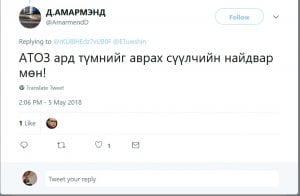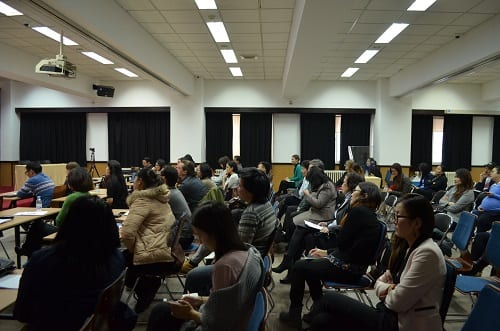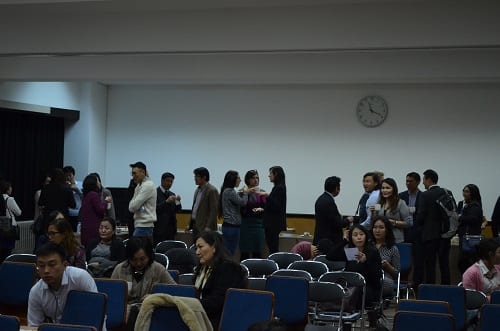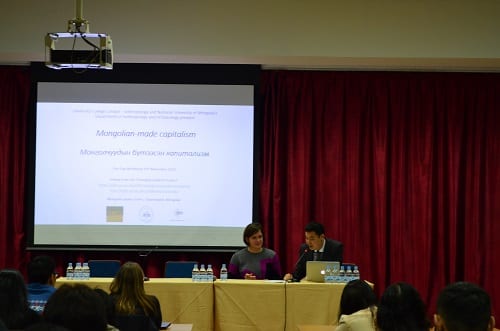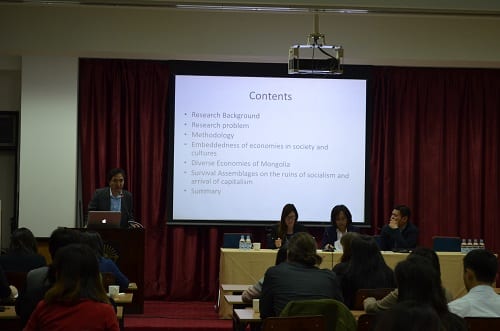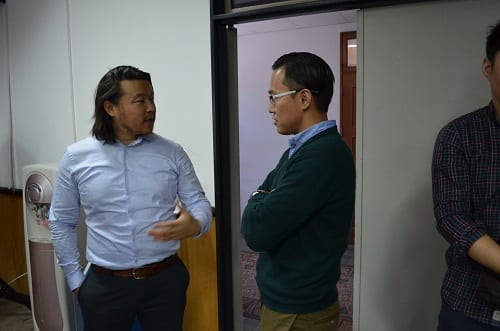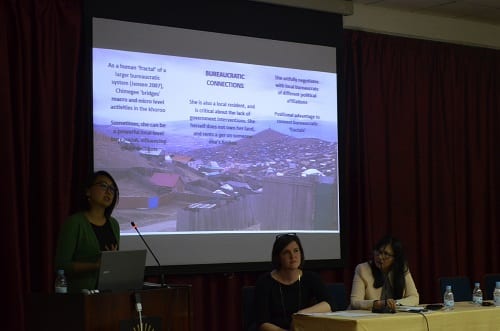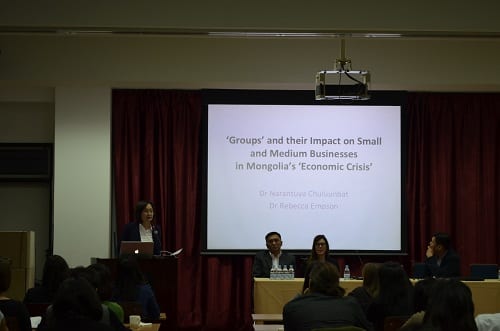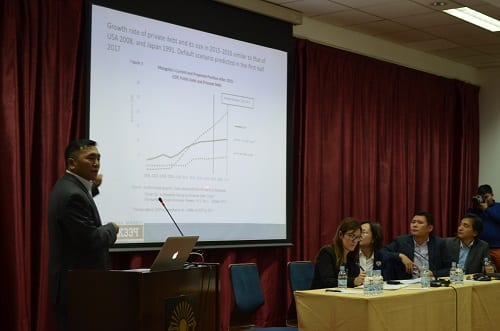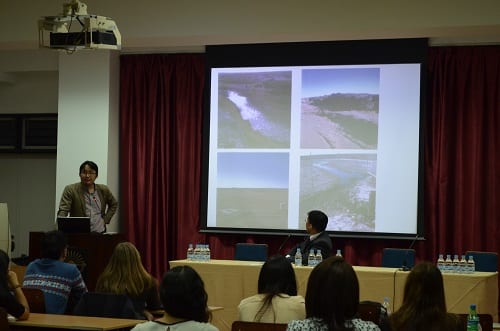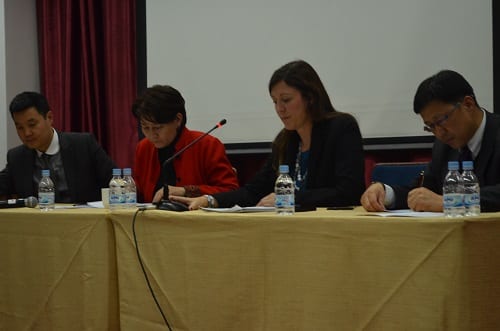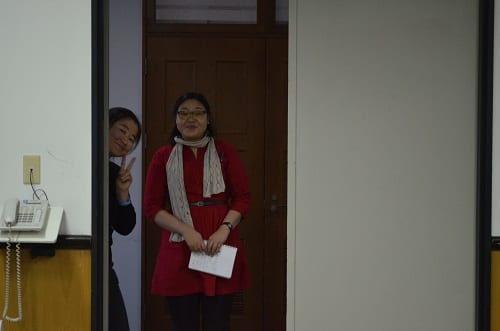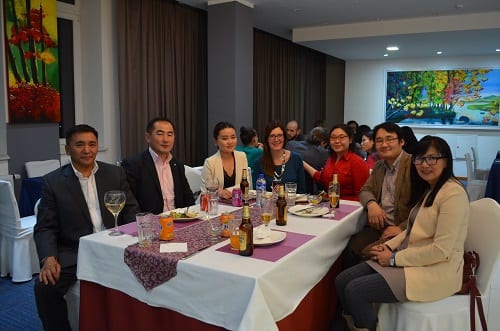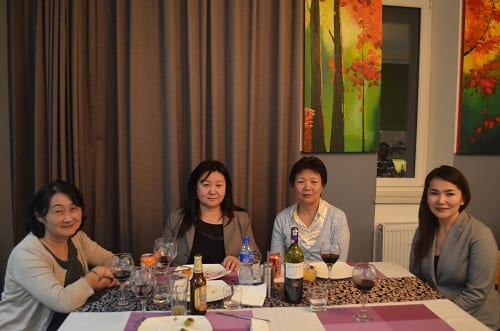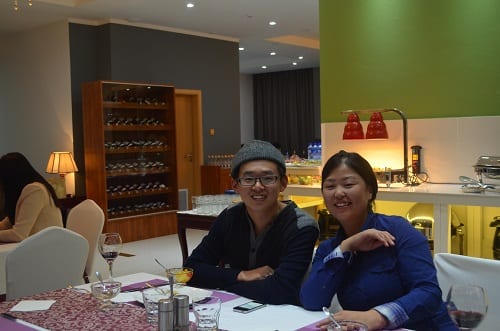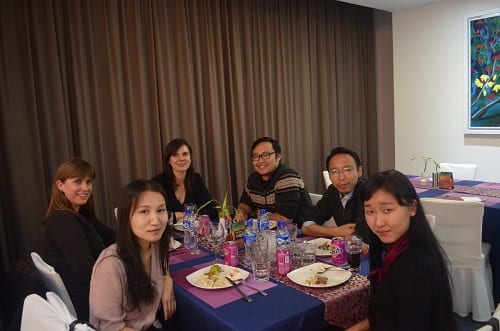Anti-offshore Movements as the Place of Political Mobilization and Discourse Setting
By uczipm0, on 12 May 2018
This piece is by Sanchir Jargalsaikhan, a political scientist and activist broadly concerned with economic and political development in Mongolia and in the Global South. Sanchir was recently a visiting scholar at the Emerging Subjects Project at UCL. His main area of research focuses on problems of late and uneven development, democratization process in post-socialist countries, issues of trade, and investment, extractivism, poverty and debt in the developing world. He has an interdisciplinary research agenda that combines political theory, global political economy, and Central Asian and Russian studies. This blog post is a continuation on Sanchir’s last entry to the Emerging Subjects Blog.
Our colleagues at the Mongolia Focus blog wrote couple of posts that discussed the Oyu Tolgoi mine and the current wave of corruption investigations and arrests, most recently involving former Prime Ministers Ch. Saikhanbileg and S. Bayar. Marissa Smith’s attempt to “turn the conversation to larger systematic factors” compliments this post very well. In my last entry on the Emerging Subjects blog, I elaborated on the genesis of anti-offshore movements in Mongolia. Today, I will take up a micro lens and attempt to dissect one of these movements.
The last few years in Mongolia have been characterized by growing social discontent amidst continual economic decline. Many Mongolians who are angry about present economic conditions think that they cannot find any outlet within the political system and therefore have been more and more attracted to act in an extra-systemic manner. In the absence of effective political channels and class based political parties, competent civil society organizations must exist if widespread grievances are to be voiced. However, our socialist legacy and poorly executed transition to liberal democracy has rendered our civil society incapable of effectively voicing people’s concerns. During the state socialist era, civil society wasn’t conceived as a distinct sphere detached from and in tension with the state. It was totally controlled by the state, starting from trade unions and ending with children scout programs. As was the case with almost all state-socialist countries of that time, civil society mobilization in terms of political party development and labour union strength that formed the basis of progressive populism in many mature democracies, was absent in Mongolia. However, this fundamental weakness was not properly addressed during the transition. The assumption was that weakening the state will necessarily strengthen civil society, as if it was a zero-sum game. When the government was scaled down and withdrew from its wide ranging socio-economic obligations, an enormous vacuum was created that was filled with different forms of civil society permutations spurred by Mongolia’s growing political liberalization. Besides the international donor community,there are numerous religious and philanthropic associations operating in Mongolia. These include movements related to environmentalism, feminism, alternative lifestyle, minority rights movements, LGBT activism and many other forms of ‘lifestyle politics’. This new form of political activism has been hailed as a symptom of a novel, ‘post materialist’ world (Giddens, 1994), no more occupied with questions of the distribution of wealth.
It is commonly believed that of the 44,000 registered Civil Society Organizations (CSO) in Mongolia, about 2000-4000 of them are more or less active. Yet, the availability of numerous civil society organizations often precludes policy and advocacy stratification. What happens in practice is that no single CSO is powerful or vocal enough to attract an adequate response from the general publicor the government. Ottaway’s (2000) take on CSOs describes Mongolia’s current situation better than I could. In her view “many CSOs act as trustees rather than genuine representatives of the constituencies on whosebehalf they lobby, and therefore, it is not clear that they have very strong roots in society.” The result is a weak civil society that is largely dependent on international organizations for assistance with operations and finances and/or on different vested interests. This is the structural reason for very low levels of actual political participation in Mongolia. This feature of Mongolian politics distinguishes it from many developed countries where civil society organizations, such as trade and labor unions have become mediators between political parties and working-class voters. Absence of effective mechanisms to articulate and represent people’s interests has made ordinary voters prone to populist politicians and parties. Mongolian civil society leader Undarya (2013) summarizes the state of the field perfectly:
“… at the threshold of anew decade wrought with risks as well as opportunities due to the mining boom, the field [civil society] is not adequately equipped to play the crucial role it needs to play – toempower citizens and communities to stand up against corruption and humanrights violations, to hold government and private sector accountable and chart amore equitable course of development. To play this role that only civil society canplay, consistent policy measures are needed to strengthen the field.”
People’s Anti-Offshore Committee or Ard Tumnii Onts Zövlöl’s (ATOZ):
From September 2017 to February 2018, I visited several meetings and forums organized by ATOZ, a large movement that advocates bringing embezzled money from offshore accounts. From the outset, I became convinced that people participating in these events are casualties of various social, political and economic processes which, over time, have been internalized and reproduced in a very defeatist form of dissent – deep anger towards elites, democracy, and anything in between. The general feeling of being left out of what “was theirs” and what “was promised” rendered these discussions very inefficient from an advocacy and political stand point.

Figure 2: “One of my brothers is quite active in this petty ATOZ movement. But he doesn’t know term “offshore” and instead calls it “ovt shaar.”
What was clear was that these movements had very little resemblance to the ones lauded or ridiculed on social media. There have been several different waves of perception concerning these types of movements. The rise of environmental NGOS’s and movements that opposed proliferation of mining activities throughout the country, was often labeled as a rise of “slackers” and “racketeers”. The famous publicist Baabar went as far as describing them as “600 шантаажчин” or “600 racketeers.”
Another trend is to describe the people engaged in these activities as types of saviors and imbue them with responsibilities far exceeding their true potential. Since political parties do not represent Mongolian citizens interests and do not allow people a platform to air grievances, these movements give a sense of hope that non-systemic movement could garner enough support to influence decision-makers or even contest an election.
The second main point that I observed was the division between ATOZ members into groups according to different potential strategies. One group was quite hesitant to approach politicians and was clearly suspicious of any type of “ulstorjilt” or doing politics. This group organized its meeting in a large hall that is owned by National Labor Union. Delegates from many aimags /provinces/ districts were allowed to present at the main podium along with main speakers. In between these speeches, singers performed and pledged their support for the cause. In order to speak on the podium people wrote their names on the queue spreadsheet paper and presented in that order. The time allotted to them was on average longer than at any meeting or gathering that I have attended in recent memory. Many participants delivered energetic and fiery speeches that concerned structural problems affecting Mongolian society as opposed to concentrating on specific issues such as offshore practices.
The other group’s meeting was held two weeks later at another hall that was rented. This group was explicitly working with the current president Kh.Battulga and his administration on the issue of offshore money. At the event I attended, two tax professionals who were invited from Switzerland through President’s Secretariat gave very technical presentations. The general impression was that a set of technocratic steps could be a way to fight tax evasion through offshore schemes. The audience was allowed to ask questions only after all the presentations were done and very little time was left. One person summed up the lingering feeling that was left at the end of the meeting, this is “politics as usual, where knowledable people come in, preach something and leave without trace.”

Figure 6: “Lets save our state from traitors [offshore account holders] and release our people from MANAN [MANAN or cloud refers to dominant two political parties stranglehold on Mongolian politics] bondage.”
Two overarching themes dominated both of these events: skepticism about foreign/hybrid interests, which was perceived primarily as a reason for the loss of national identity and sovereignty; and skepticism about politics, elites and democracy as well as about politicians embodying these processes, who are increasingly believed to only protect their own interests. Skepticism about loss of national identity and national independence arises from two interrelated suspicions. The first suspicion concerns the suspected widespread influence of foreign interests, be they government sponsored or corporate and the hypothetical infiltration of Mongolian society and politics in particular, by hybrids. The second suspicion was underlined through very colorful comment by one of the presenters at the ATOZ meetings. According to him: the “Mongolian People’s Party (MPP) and the Democratic Party(DP) are both skeletons and I am proud that I denounced my membership years ago. Glue, wood and a horn make up a bow. Thieves, bandits, and prostititues make up [modern political] parties.” These suspicions have been frequently used by different political parties at an increasing rate that consequently reinforces latently held beliefs and worries by repudiating claims of politicians in vicious negative feedback spirals. These trends found its clearest manifestation during the 2017 Presidential elections and are likely to persist in future.
However, a parallel theme that I was able to observe as I was participating in ATOZ meetings and demonstrations was that sense of many disengaged or disenfranchised people finding solace and community with one another. People were donating substantial amounts money [by their standards] to the cause and participating with great vigor and energy. A lady from Khovsgol province in North-Central Mongolia even volunteered to work as a secretary if ATOZ set-up an office in Ulaanbaatar. What was even more evident was people’s desire to understand and/or modify complex socio-economic terms built around a technocratic discourse. One delegate from a western province came up with an ingenious idea. According to him, “changing the term off-shore to “ovt shaar”” [cunny bastard] would “make it more relatable” since any person who owns an off-shore account is by definition a thief and bastard. Taking these different aspects of the movements into consideration begs the question – is it possible to attribute these movements and their underlying reasoning to only material or political motives? What if these movements play parallel functions and acquire their own life with a different internal logic? From this point emphasizing non-strategic aspects of protest, such as its discursive potential and subjectivities of different actors, certainly complicates the idea of rational social movements. They direct us to pay more attention to the varied aspects of the action framework of these movements.
References
Giddens, A. (1994). Beyond Left and Right: The Future of Radical Politics. Cambridge: Polity Press.
Ottaway, M. (2000). Funding Virtue: Civil Society Aid and Democracy Promotion. Washington, D.C.: Carnegie Endowment for International Peace.
 Close
Close



